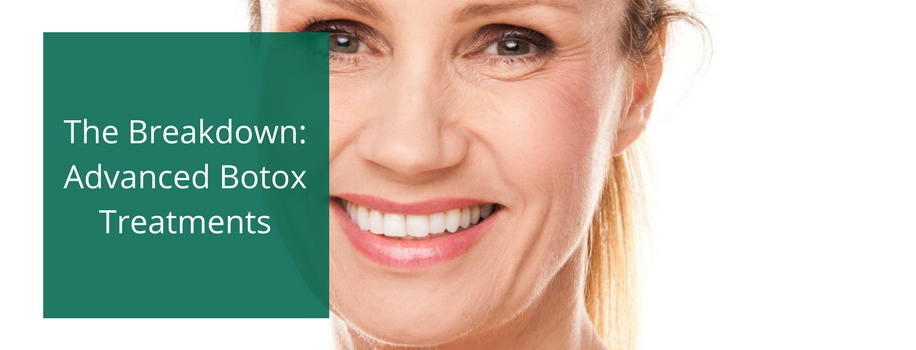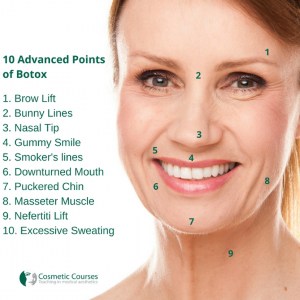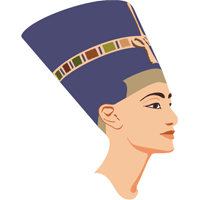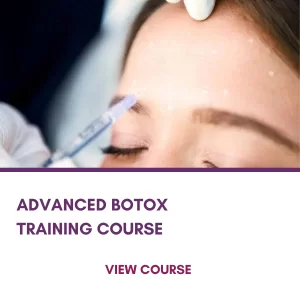Informed decisions make the best decisions and that’s where we come in. We inform and we educate. In this week’s blog we’re discussing the difference between Botox and Dermal Fillers.
Research tells us there’s some confusion about the actual difference between these two popular non-surgical skin treatments. In this short blog we cover the key differences so you can make an informed decision on which treatment may offer you the best results.
First things first, lets discuss your face…
Let’s admit it, lines and wrinkles are inevitable. We all hate this fact but unfortunately your face is one of the first places to show these tell-tale signs of ageing. But did you know that there are two very different reasons for these lines appearing? These are:
- Active movement
- Loss of volume
We know what you’re thinking: ‘I don’t care how they appear, just get rid of them!’
But we believe it’s important to understand the difference between the two, as the treatment for each one differs quite considerably.
Active Movement
Let’s start with active movement. This is pretty much what it says on the tin. Muscles in our face cause our face to move when we make different expressions. The movement of these muscles causes lines to appear which aren’t present when your face is at rest.
For example, look in the mirror and frown as if you are angry. Do you see vertical lines appear in between your eyebrows? If so, these are caused by the active movement of frowning and are known as ‘active lines’.
Now raise your eyebrows. Do you see horizontal lines appear across your forehead? Once again these are known as ‘active lines’ as they are caused by you actively moving your muscles.
Now let’s look at your lower face. Still looking in the mirror, begin to pout. Do you see small lines appear going outwards from your lips? These are known as peri-oral lines or ‘smoker’s lines’ and are caused by active movement.
So how would we treat these active lines?
Treatment for Active Lines
The most effective treatment for active lines is Botulinum Toxin Type A, also known as Botox. Botox is injected into the muscle that is causing the movement. By injecting Botox we can slightly weaken the muscle, which minimizes the movement and softens the associated lines on the face. It won’t stop all movement but it will certainly lessen it to achieve an overall natural appearance.
There is one exception for when active lines could be treated with dermal fillers. This is prolonged active movement which has led to static lines. By ‘static’ we mean those lines that are present when the face is at rest. If we make a repeated movement continuously over a number of years these lines become ingrained on your skin. Therefore Botox treatment would not be able to remove these static lines. In this case, they would need to be filled with an injectable product such as dermal fillers.
Loss of Volume
You may or may not know that the face is made up of lots of what are called ‘fat pads’. This is essentially the padding on our face which makes us appear youthful. As the ageing process takes hold, these fat pads begin to shrink and gravitate downwards. This results in less volume in the mid-face (your cheeks) and more volume lower down your face (your jowls). This causes the appearance of marionette lines and nasolabial folds to deepen.
We can liken this change to a simple triangle. When we’re young the larger end of the triangle is at the top with the tip at the bottom highlighting definition around the jaw. As we age, the triangle flips with less volume in the cheeks and more heaviness around the jowls.
The important difference here is that these lines are present when the face is at rest and are therefore known as static lines rather than active lines.
Treatment for Loss of Volume
These signs of ageing are very different to lines formed by active movement because they appear when the face is at rest. Therefore the recommended treatment is also completely different. In this case we recommend hyaluronic acid dermal fillers. The purpose of this treatment is to re-introduce the volume into certain areas such as thinning lips or loss of definition in the cheeks.
Dermal Fillers can also be used to lift the appearance of jowls; known as an 8 Point Facelift or Non-Surgical Facelift.
Let’s recap…
If the lines you want to minimize appear when you move your face but aren’t apparent when your face is at rest then the most likely treatment option will be Botox injections.
If your lines are present when your face is at rest then this will need to be treated with Dermal Fillers rather than Botox.
Active Lines = Botox
Static lines = Dermal Fillers
Which areas can be treated with Botox and Dermal Fillers?
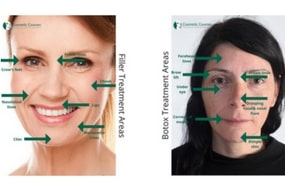
We hope this has helped you understand a little more about why we would use Botox or dermal fillers for different patients and given you an insight into the potential treatment options for your skin. In every case it is essential that you speak to a trained professional prior to treatment to determine your suitability. Always understand that each of us our made differently. Your friend may of had Botox to help her frown lines, but you may benefit from dermal fillers instead.
Botox & Dermal Filler Treatments at Cosmetic Courses
Cosmetic Courses has been training medical professionals in the UK since 2002. As one of the longest-established providers we pride ourselves on the quality of our training and the products we use for treatment. This means that you are receiving the safest possible treatment as a model with us. The added bonus is that the treatment with us is a fraction of the high street cost.
If you would like to speak to one of our consultants or to book in for our Botox and Dermal Filler treatments please call us now on 01844 390110 or register here to receive further information.

